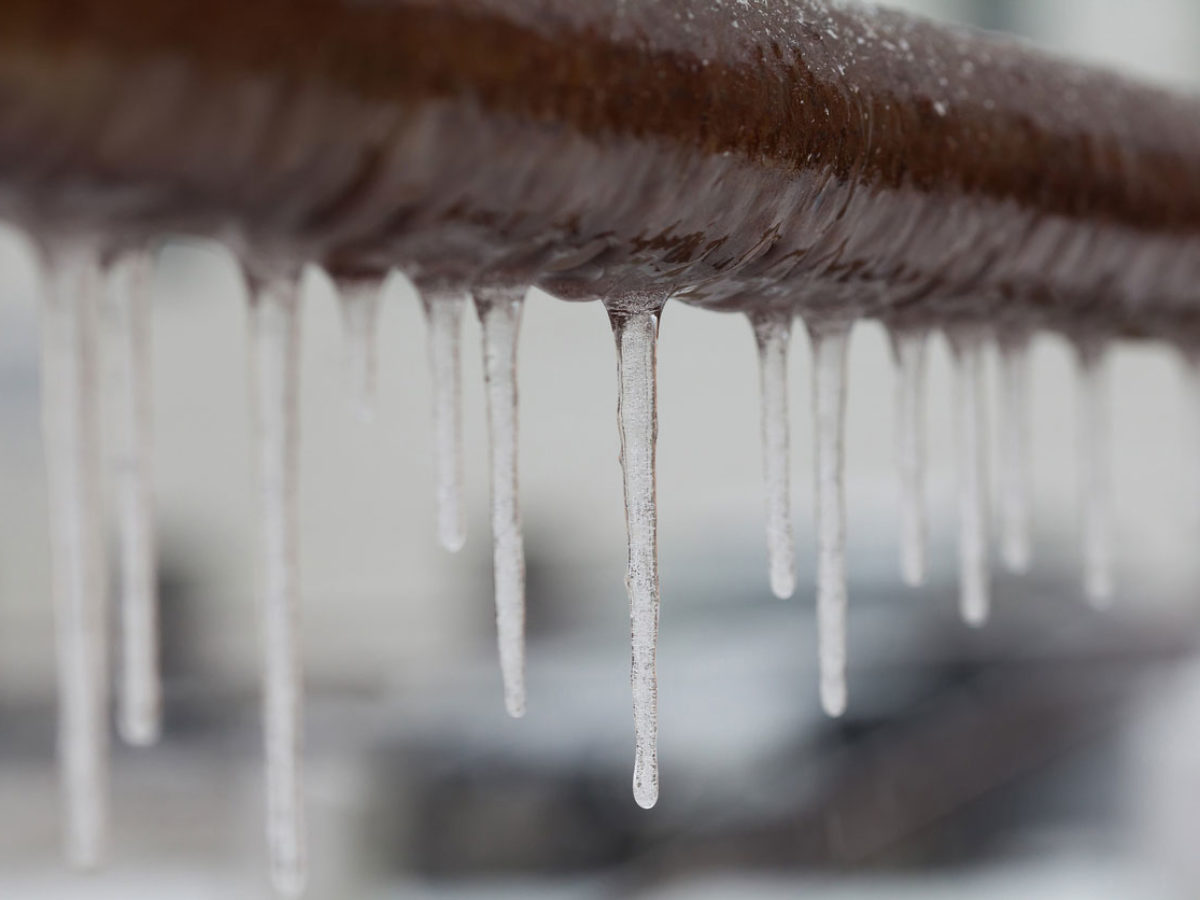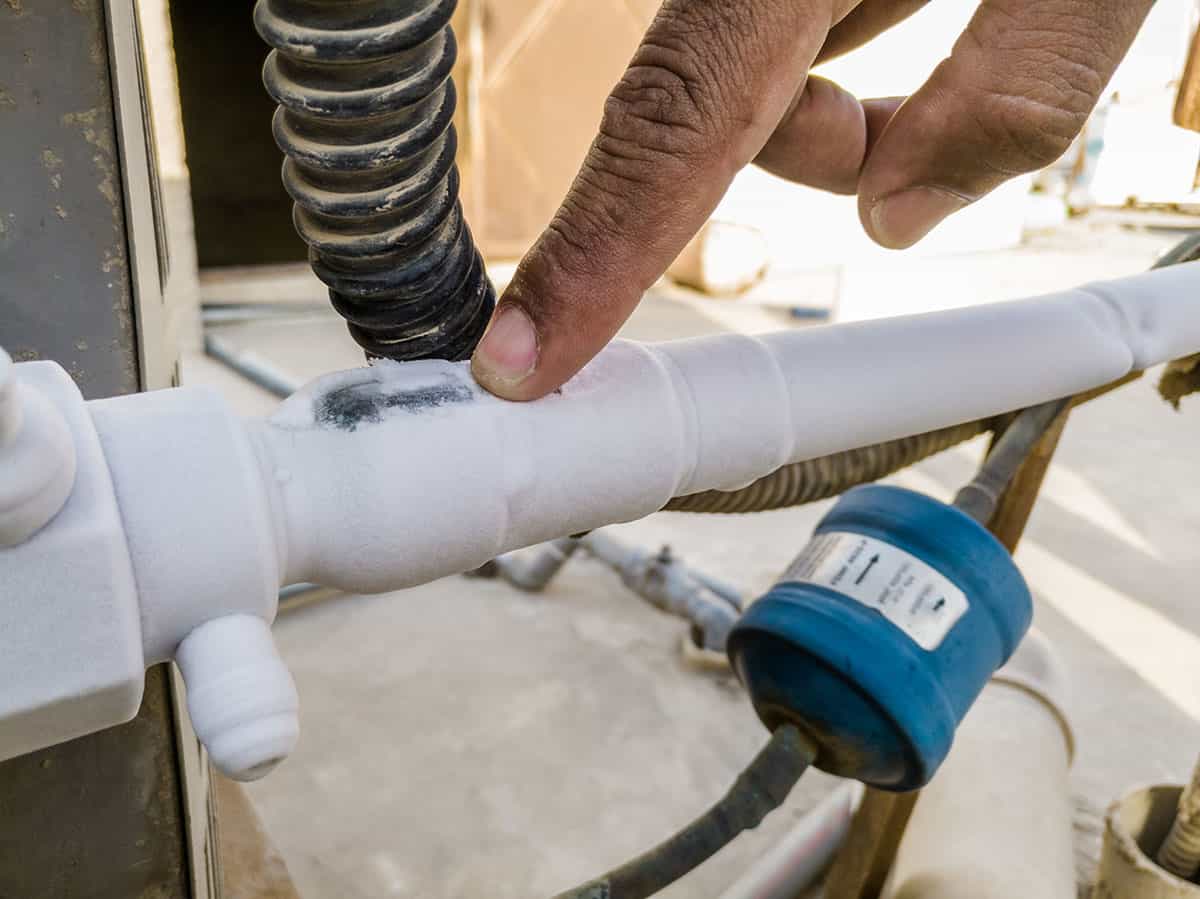Identifying a Frozen AC Pipe - Efficient Solutions for Home Cooling Systems
Identifying a Frozen AC Pipe - Efficient Solutions for Home Cooling Systems
Blog Article
The author is making a number of good pointers regarding Air Conditioner Frozen? How To Fix your Frozen AC Line in general in this post just below.

Introduction
Finding that your a/c pipeline is iced up can be worrying, specifically throughout warm summer season when you count on your air conditioner one of the most. Recognizing what to do in such a scenario is vital to avoid additional damage to your cooling system and guarantee your convenience indoors.
Understanding the Causes
Numerous aspects can contribute to the cold of an air conditioner pipeline. Recognizing these reasons can assist you resolve the issue properly.
Lack of Airflow
One usual source of an icy air conditioner pipeline is inadequate air movement. When the air movement over the evaporator coil is restricted, it can trigger the coil to drop below freezing temperature level, bring about ice development on the pipe.
Reduced Refrigerant Levels
Inadequate refrigerant degrees in your a/c system can likewise cause an icy pipe. Reduced refrigerant degrees can cause the stress in the system to drop, bring about the freezing of dampness on the evaporator coil.
Cold Weather Conditions
In colder environments, freezing temperature levels outside can contribute to the freezing of AC pipelines. If your air conditioning unit is not appropriately protected or if there are leakages in the ductwork, chilly air can penetrate the system, triggering the pipe to freeze.
Dirty Air Filters
Dirty or clogged air filters can restrict air movement in your air conditioner system, bring about numerous problems, including a frozen pipeline. It's important to replace or clean your air filterings system consistently to make certain appropriate airflow and protect against ice accumulation.
Signs of a Frozen Air Conditioner Pipe
Acknowledging the signs of an icy air conditioning pipeline is important for prompt activity.
Reduced Airflow
If you observe a significant reduction in air movement from your vents, it can suggest an icy pipe.
Ice Buildup on the Pipe
Noticeable ice buildup on the cooling agent line or the evaporator coil is a clear indication of a frozen air conditioner pipe.
Odd Sounds from the Unit
Uncommon sounds, such as hissing or bubbling, originating from your air conditioner unit can signal that there's ice present on the pipeline.
Immediate Actions to Take
When confronted with an icy air conditioner pipe, it's necessary to act swiftly to avoid more damages to your air conditioning system.
Switching off the air conditioner
The first step is to turn off your a/c to avoid the system from running and worsening the problem.
Checking for Blockages
Inspect the location around the interior system for any type of obstructions that might be obstructing air flow, such as furniture or drapes.
Thawing the Pipe
You can use mild techniques like placing towels taken in warm water around the icy pipeline to help thaw it gradually.
Preventive Measures
Taking safety nets can assist avoid future incidents of a frozen a/c pipe.
When DIY Methods Fail
If your efforts to thaw the pipe or address other concerns are unsuccessful, it's time to call an expert.
Relevance of Hiring a Professional HVAC Technician
A licensed HVAC professional has the competence and devices necessary to identify and fix concerns with your AC system safely and successfully.
Normal Maintenance Checks
Schedule regular maintenance contact a specialist HVAC technician to ensure that your air conditioning system is running effectively.
Altering Air Filters
Frequently change or clean your air filters to stop airflow limitations and maintain optimal efficiency.
Protecting Exposed Pipes
If your air conditioner pipelines are subjected to chilly temperatures, take into consideration protecting them to prevent cold during winter months.
Looking For Professional Help
If DIY methods fall short to fix the concern or if you're not sure about exactly how to continue, it's finest to look for assistance from a certified HVAC technician.
Final thought
Managing a frozen a/c pipeline can be an aggravating experience, however understanding how to react can assist minimize damage and recover comfort to your home. By comprehending the reasons, identifying the signs, and taking timely activity, you can properly deal with the problem and stop future events.
What to Do If Your AC Line Is Frozen
Make Sure All Supply and Return Air Vents Are Open
If you notice problems with airflow, the first thing you should do is check your supply and return vents. Supply vents distribute clean, conditioned air throughout your home. As this air becomes stale, it’s pulled into the return vent, where it’s reconditioned before being sent back out through the supply vent.
When these vents are closed, air won’t flow in the home. Before examining your AC, check the vents in every room and ensure they’re all open.
Check for a Dirty Air Filter
Another possible cause of limited airflow is a dirty air filter. Your air conditioner’s filters catch elements you don’t want to breathe in, such as dirt and dust. Over time, filters can become clogged, ultimately blocking air from flowing in and out. The lack of airflow can then cause the entire coil to freeze and will completely restrict any air from moving through it. The AC may need to be powered off for one to two days to allow the coil to thaw after replacing the filter to allow proper functioning of the unit. This debris can also accumulate on your AC’s evaporator coil, requiring a more serious repair. In general, air filters should be cleaned regularly (about every two weeks).
Assess Your Outdoor Unit
In addition to checking your AC, assessing the outdoor unit is a good idea. Also known as the condensing unit, it works with your interior unit to release heat outside. An issue with the outdoor unit can result in rising internal temperatures.
Overgrown Shrubs or Clogged Leaves
From leaves and twigs to shrubs and debris, there’s no shortage of outdoor elements that can accumulate around your condensing unit. When these elements get lodged inside the unit, they can block airflow. Fortunately, removing the blockage can solve the problem.
Sounds of a Broken Fan
Shrubs and leaves aren’t the only things that can impede your outdoor unit’s airflow. If the fan is broken, the unit won’t be able to properly get rid of heat — which means the internal temperature won’t go down. First, make sure the fan is spinning. If it is, check for the following sounds of a broken fan:
Buzzing Rattling Screeching Hissing Clicking Preventative Measures
Nobody wants to deal with a frozen AC line. In addition to causing problems with your air conditioner, they require professional repairs. On the bright side, there are preventative measures you can take to help ensure this issue doesn’t arise in the first place.
https://www.coopergreenteam.com/blog/what-to-do-if-ac-line-frozen

Hopefully you liked our post on What Causes AC Pipes To Freeze?. Thanks so much for taking a few minutes to browse our post. Sharing is nice. Helping others is fun. Thanks for your time. Don't hesitate to check our site back soon.
Browse Website Report this page